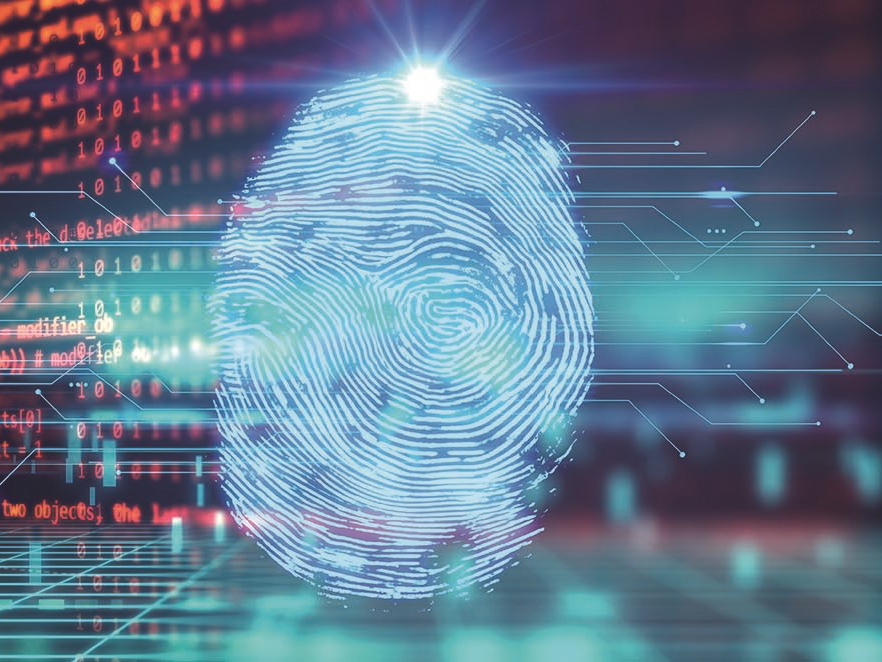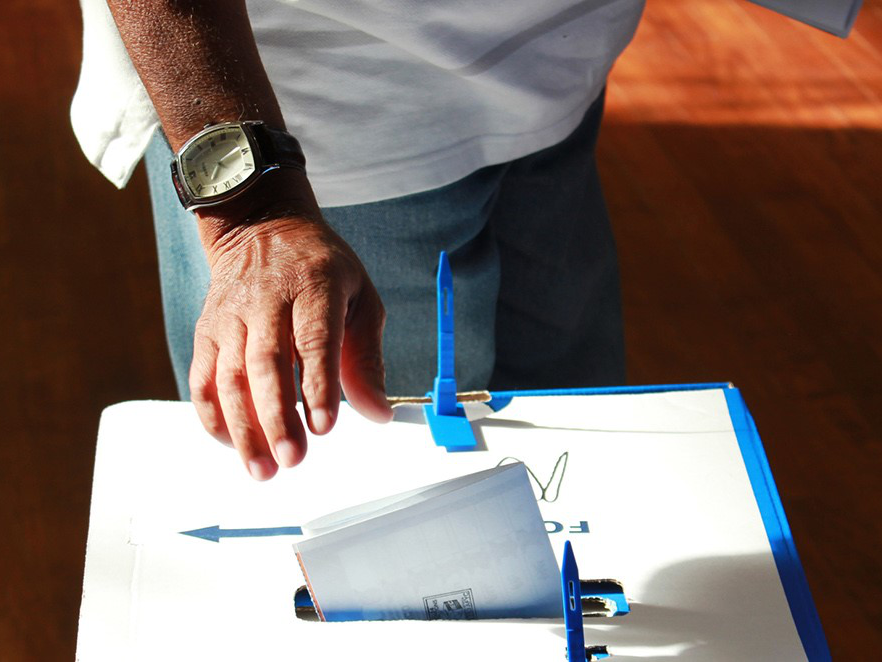In enrolling more than a billion citizens, India’s national biometric database is now ten times larger than similar programs in the world and has been described by the World Bank as the “world’s most sophisticated digital identity scheme”.
The Aadhaar project – meaning “foundation” in Hindi – was launched eight years ago with the express objective of identifying gaps in the social welfare payment network. Since then the scope has widened to driving financial inclusion, enabling digital payments and even detecting tax evasion. The proliferation of Aadhaar as the default mechanism for authenticating the identity of Indians has polarized opinions – supporters believe it capable of transforming the lives of millions of Indians while skeptics see a threat of intrusion by the state as well as the possible inadvertent denial of benefits to some of India’s poorest citizens who are not yet members of the scheme.
“An ambitious project”
At the time of its launch, only 60 million out of 1.3 billion Indians had a passport. Hundreds of millions of Indians either had no official identification at all or a weak form of it, issued by local authorities. Consequently, they were unable to open bank accounts or receive state services, and the state lost big sums to corruption in the delivery of welfare benefits. A decision was made to create a national biometric database which would enroll all Indian citizens and collect their names, addresses, phone numbers, fingerprints, photographs, and iris scans. Each one of the citizens would be assigned a random twelve-digit number unique to him or her. The project besides being mammoth in its scale would represent a “digital leapfrog” for India which would position it at the forefront of citizen-identification technology.
“Mushrooming in scope”
Aadhaar registration was open to all Indian residents with enrolment being optional initially, and associated with only a handful of government subsidies, including those for food and cooking gas. The scheme was primarily targeted at the rural population who were unable to open bank accounts or access welfare programs due to lack of any formal identification. Prior to the advent of Aadhaar, the government lost hundreds of millions of dollars each year to people either using fake names or applying multiple times in their own names to withdraw more than their fair share of benefits. With Aadhaar, the practice of accessing benefits has become a simple matter of touching a fingerprint scanner.
As the program tasted success with direct benefit transfers, its scope was expanded to a wide range of government and private-sector services. Quoting of an Aadhaar number has been made compulsory for opening bank accounts, receiving credit cards, filing taxes, registration of property documents, for receiving school lunch in the state of Uttar Pradesh, or participating in the state of Karnataka’s universal health-care coverage, and even purchasing railway tickets online. The Government has also leveraged the scale of the Aadhaar network to drive digitization of retail consumer payments. The database has been used to enable a biometric enabled payment system that offers a payment solution to customers without carrying any specific device or payment instrument. The customer validates their credentials at the payment point through a biometric identification device (typically a fingerprint scanner) which validates them from the database and debits the amount of the purchase from the customer’s Aadhaar linked bank account in real time. The system is in its infancy and suffers from the problem of poor internet connectivity in rural India but holds the potential of significantly accelerating India’s digital payments push in the medium term.
“Victim of its own success?”
Despite the widespread success of Aadhaar in reducing leakages in public welfare schemes (the World Bank has estimated that the Indian Government is saving c. $1 billion per year) the scheme has received its fair share of criticisms on two accounts:
– Denial of benefits to citizens:
Experts believe that many people have missed out on government benefits because they have been unable to obtain an Aadhaar card. In a few cases, citizens who are elderly or disabled are unable to walk to the distribution sites to verify their identities and remain outside the coverage of the scheme. There are also other teething problems at the ground level as in the case of manual laborers, who find that their fingerprints are too weathered from years of physical exertion to scan correctly, and so are denied their food rations.
– Privacy concerns and misuse:
Opponents of the Aadhaar scheme believe that it is creating the world’s most powerful state surveillance tool allowing government to spy on citizens by monitoring their movements and spending patterns in real time. There are also concerns that the Aadhaar data itself is not secure and can be illegally accessed by cyber criminals leading to data thefts and fraudulent financial transactions.
Privacy advocates have taken the battle against Aadhaar all the way to the Supreme Court arguing that Aadhaar violates the constitution, both in its concept and in the way the law was drafted and passed.
Privacy concerns and teething implementation challenges notwithstanding, it is quite evident that Aadhaar has materially altered the landscape of benefits administration in India and holds the promise of much more. From being written off as too ambitious, at inception, to becoming the largest biometric database in the world, Aadhaar underpins a strong and ongoing investment case for India and a brighter and fairer future for her citizens.






